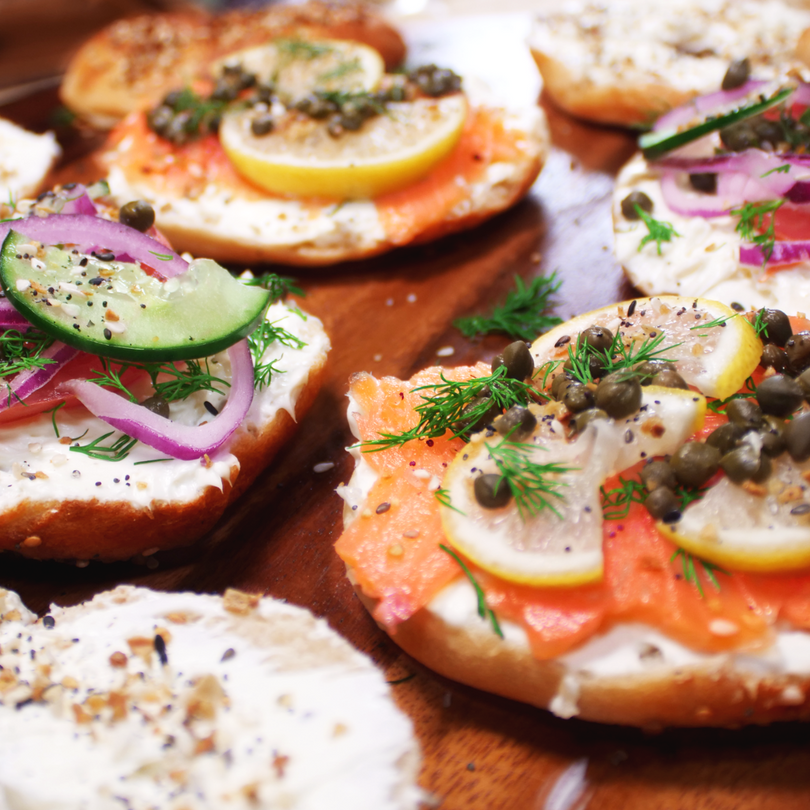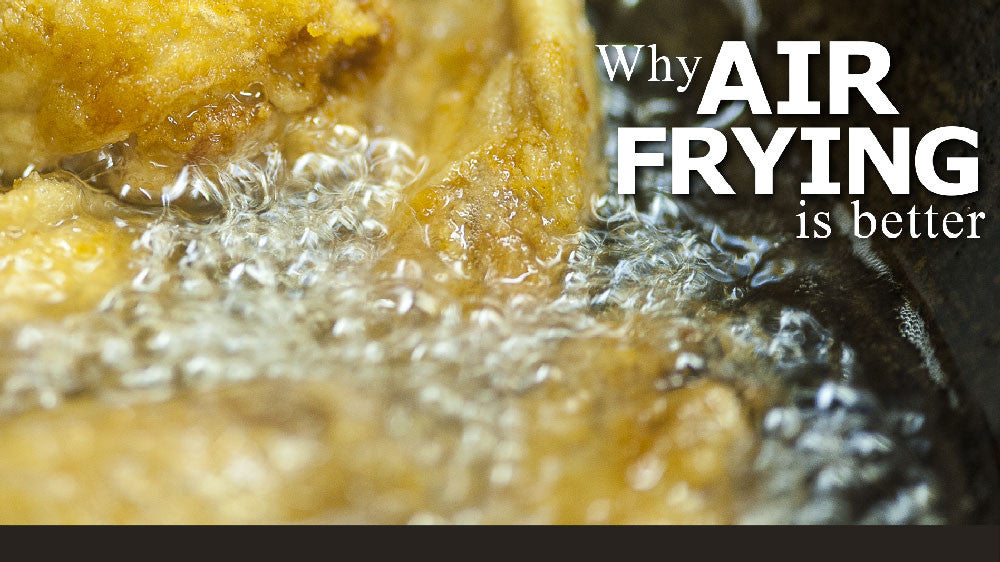About Pressure Cookers
Pressure cooking has been around since the 1600s, first attempted by a French physicist by the name of Denis Papin. He designed a pot that was mechanically sealed with weights and named it “Steam Digestor”. Over the years, pressure cookers have evolved in the forms of a mechanically sealed pot with weights to a cooking pot with a special lid to today’s electric pressure cookers. The new electric pressure cookers today are designed with multiple safety features that make pressure cooking safe when used properly.

since its invention in the 1680s.
What are the benefits of pressure cooking?
As the popularity of electric pressure cookers rise, you may ask yourself what the hype is all about? First, there have been multiple studies that proves pressure cooking preserves nutrients due to its quick cook time. The Journal of Food Science published a study in March 2007 that tested the nutrient levels of broccoli in different cooking methods. The study found that 90% of Vitamin C in broccoli was preserved during pressure cooking as opposed to steaming at 78% and boiling at 66%. Nutrients are preserved during pressure cooking due to the shorter cook time and uses less water. Other than preserving nutrients, some benefits of pressure cooking are:
- Quick clean up
- Shorter cook times
- Saves energy
- Keeps the kitchen cool
- Meal prepping becomes a breeze
- YOU CAN COOK ANYTHING! ANYTHING!
Pressure Cooking and Higher Altitudes
One thing most people don’t know about pressure cooking is that different altitudes affect cooking times. They are affected because the boiling point of water at higher altitudes, the boiling point of water decreases and most pressure cooker recipes are based on the instance that the user is cooking at sea level. According to USDA, the atmosphere becomes drier above 2,500 and cooking will take longer because the air has less oxygen and atmospheric pressure. Below is a chart found on hippressurecooking.com that shows the level of pressure in correlation to boiling point :
According to an article published in 2011, the rule of thumb is
For every 1,000 feet above 2,000-foot elevation, you must increase cooking time by 5 percent.
However, even though you are adding extra time, don’t fret, you are still saving time, energy and money using a pressure cooker.
Sources
http://www.foodrenegade.com/pressure-cooking-healthy/
http://learn.eartheasy.com/2012/09/top-6-benefits-of-pressure-cooking/
http://www.motherearthnews.com/real-food/pressure-cooker-altitude-adjustments-zb0z11zalt

















